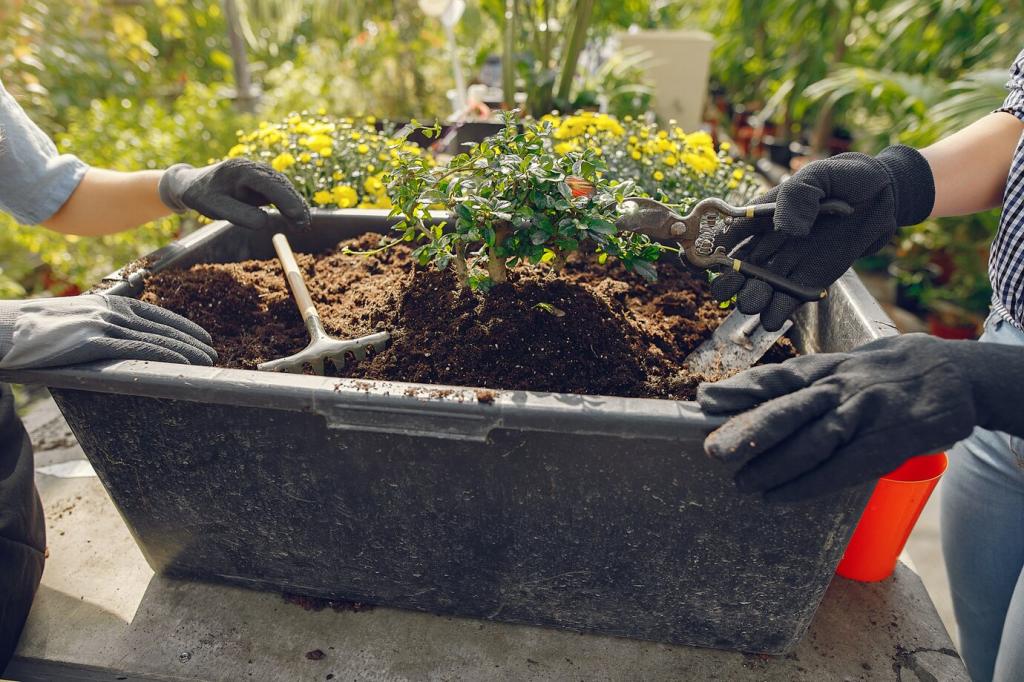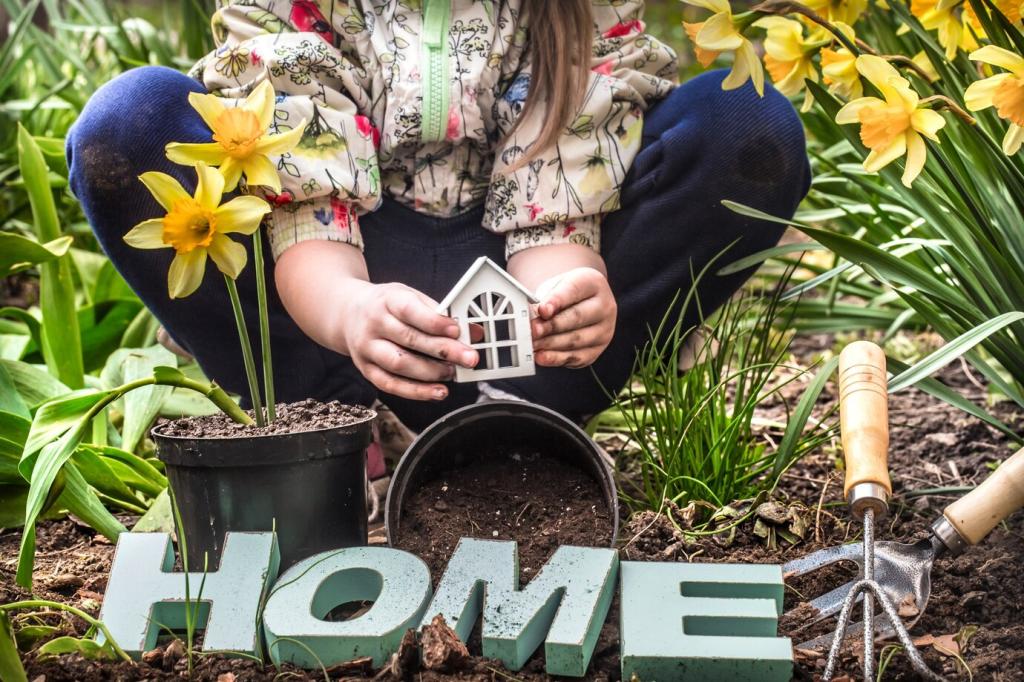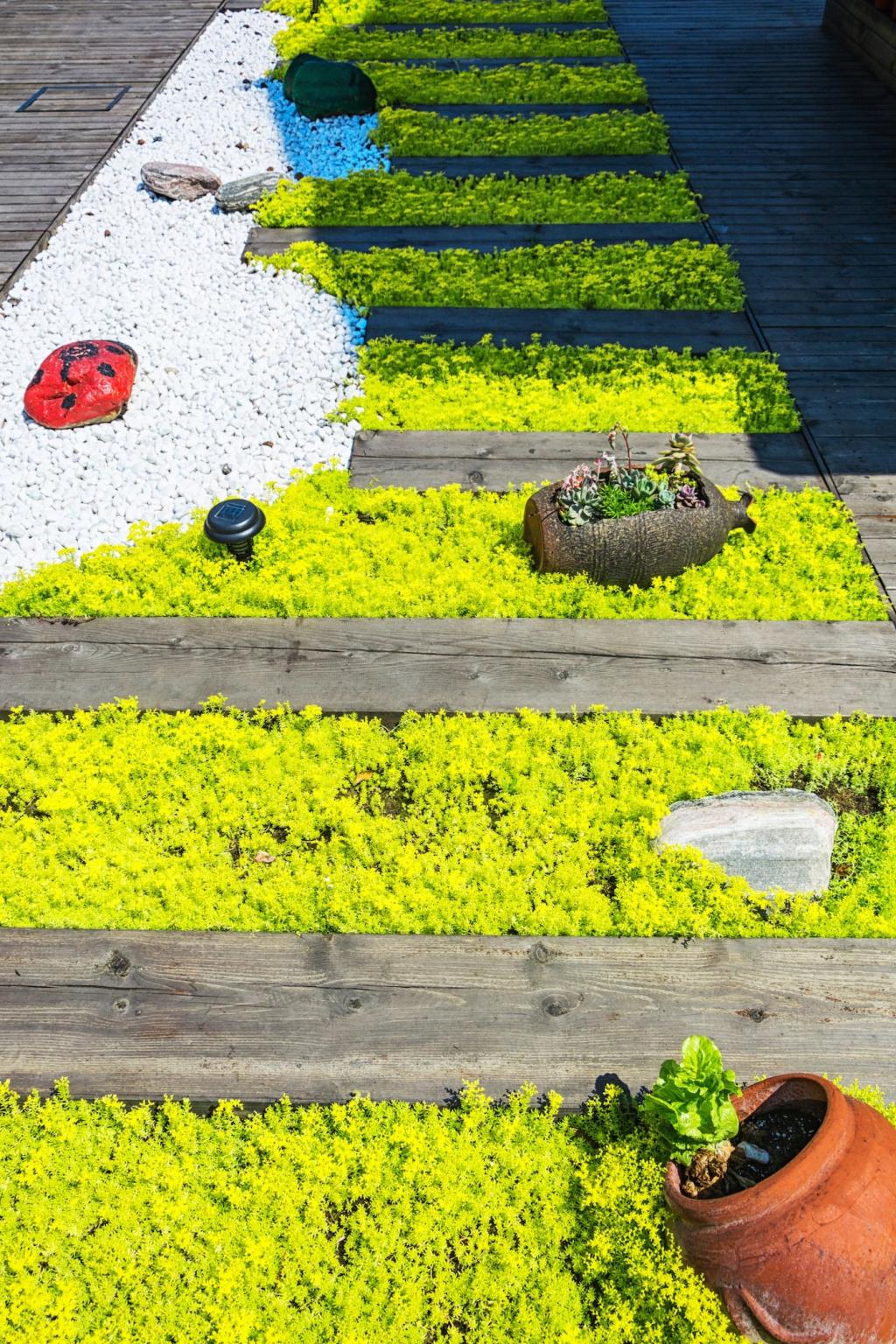Soil Zones and Microclimates in Summer
Brick walls, stone paths, and south-facing fences radiate heat at dusk. Tuck eggplants and melons nearby and mulch heavily to conserve moisture. When I shifted a melon bed beside a stone border, nighttime soil temperatures held steady and fruit sweetness noticeably improved. Share your warmest nook.
Soil Zones and Microclimates in Summer
Morning sun plus afternoon shade keeps lettuce crisp through July. Use taller corn or sunflowers to cast protective shade over salad beds. A friend planted arugula on the east side of a trellis and harvested tender leaves deep into August. Tell us what stays freshest in your cool corner.







